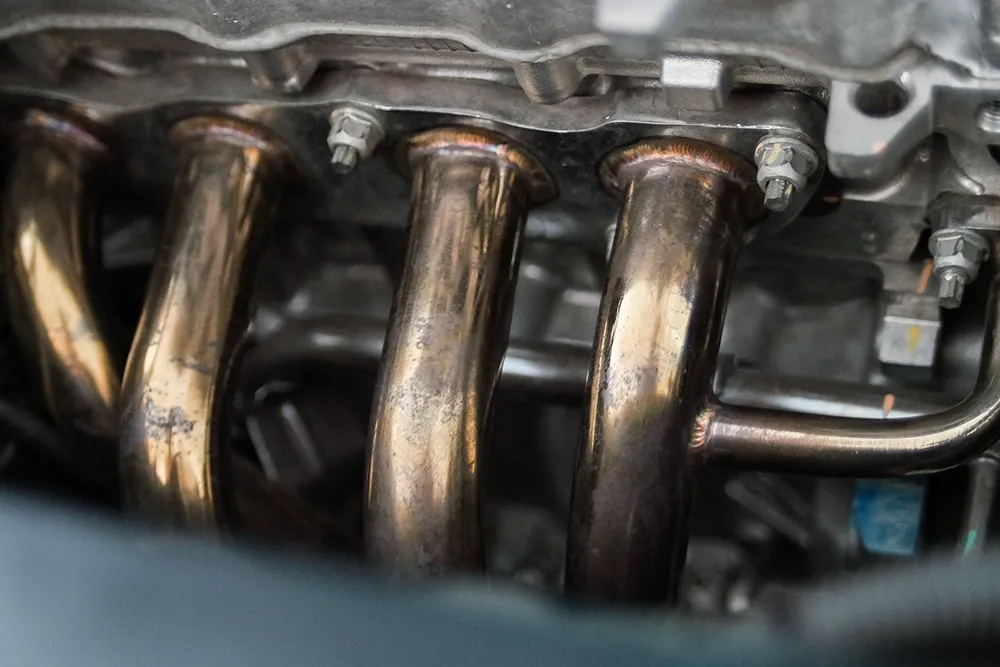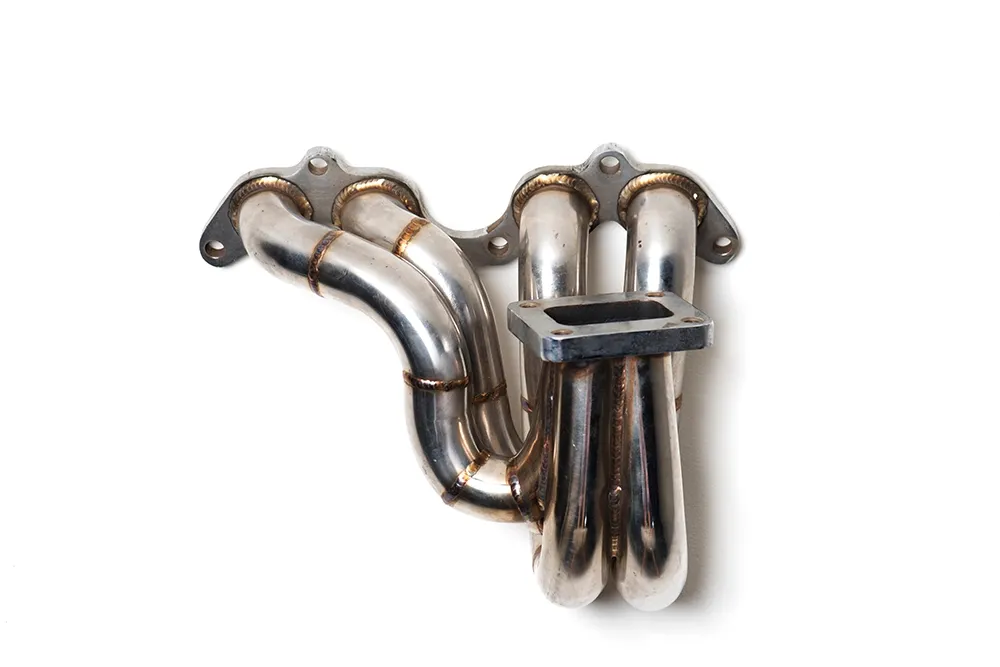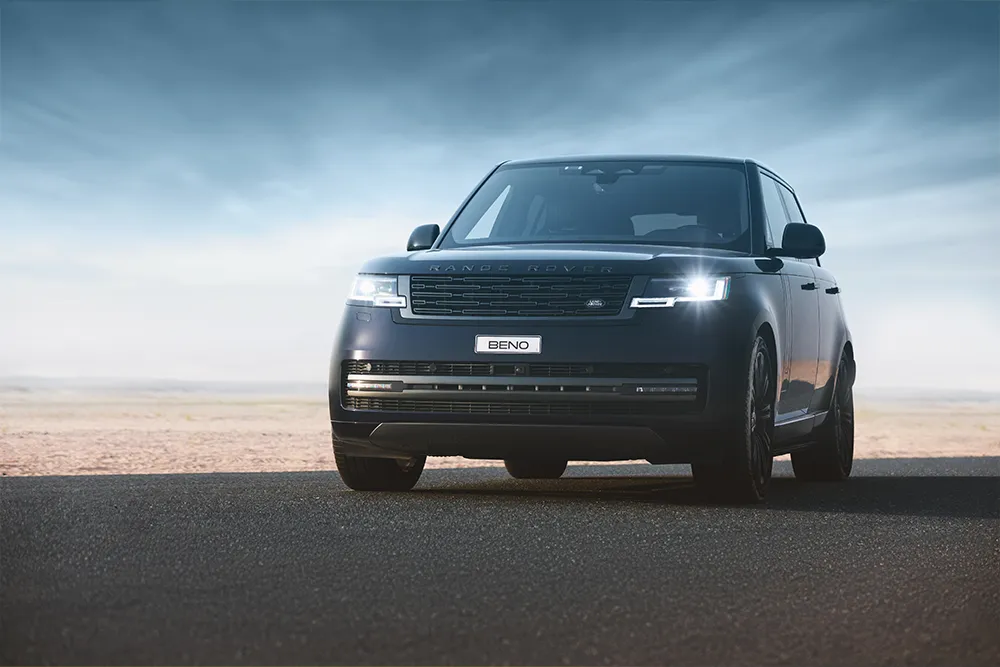Ever wondered what's making that distinctive rumble from your neighbor's modified car? Chances are, they've upgraded their exhaust system with aftermarket headers. But what are headers in a car, and why do automotive enthusiasts swear they’re the next best thing? Let's go under the hood and explore these performance-enhancing components that can transform your driving experience.
Understanding the Basics - Design and Functionality
Headers on a car are essentially the first section of your vehicle's exhaust system, designed to collect exhaust gases from each cylinder and channel them toward the rest of the exhaust system. Think of them as the highway on-ramps for your engine's waste gases – they need to flow smoothly to avoid traffic jams that can hurt performance.
Most factory vehicles come equipped with what's called an exhaust manifold, which is typically a cast iron piece that does the basic job of collecting exhaust gases. However, aftermarket headers on a car are engineered with performance in mind, featuring individual tubes for each cylinder that eventually merge into a collector. This design is where the magic happens.
The Dynamics and Science Behind the Performance
What do headers do for a car exactly? The answer lies in exhaust gas dynamics and something called scavenging. When your engine's pistons push exhaust gases out during the exhaust stroke, these gases travel through the exhaust system at high velocity. Well-designed car headers create a vacuum effect that actually helps pull exhaust gases from other cylinders, improving the engine's breathing efficiency.

This improved breathing allows your engine to take in more fresh air and fuel mixture, which directly translates to better combustion and increased power output. It's like removing restrictions from your engine's respiratory system – suddenly, it can breathe deeper and work more efficiently.
Where Do Headers Go in a Car?
They bolt directly to your engine's cylinder head, replacing the factory exhaust manifold. The installation process varies depending on your vehicle, but it typically involves removing the old manifold, cleaning the mounting surfaces, and carefully positioning the new headers with proper gaskets to ensure a leak-free seal.
The positioning is crucial because headers on a car need adequate clearance from other engine components, the chassis, and heat-sensitive parts. Professional installation is often recommended, especially for complex engine bays where space is at a premium.
Performance Benefits You'll Actually Notice
Do headers add horsepower? Absolutely, and the gains are often immediately noticeable. Most drivers report power increases ranging from 10 to 20 horsepower, though the exact numbers depend on your engine configuration and the quality of the headers installed. But the benefits of a car header extend far beyond raw power numbers.
You'll likely notice improved throttle response, especially in the mid-range RPM where most daily driving occurs. The engine feels more eager to rev, and there's often a noticeable improvement in fuel efficiency during highway cruising. Many drivers also appreciate the enhanced exhaust note – that deeper, more aggressive sound that comes from improved exhaust flow.
The torque gains are equally impressive, particularly in naturally aspirated engines. This means better acceleration from a standstill and improved passing power when you need it most. For truck owners who tow regularly, upgraded headers can make a significant difference in pulling power and overall engine efficiency under load.
Choosing the Right Headers for Your Vehicle
Not all headers are created equal, and selecting the right ones for your vehicle requires some consideration. Tube diameter, length, and collector design all play crucial roles in performance characteristics. Smaller diameter tubes typically improve low-end torque, while larger diameters favor high-RPM power.
The material choice matters too. Stainless steel headers offer excellent durability and corrosion resistance, while ceramic-coated options provide superior heat management. Some performance enthusiasts prefer the raw steel look, but these require more maintenance to prevent rust and corrosion.
Impressive Performance But Real-World Considerations
While the performance benefits are compelling, it's important to understand that installing aftermarket headers isn't just about bolting on parts and calling it a day. Depending on your location, you may need to consider emissions compliance, as some headers aren't legal for street use in certain areas.
Additionally, the increased exhaust flow might require complementary modifications to fully realize the benefits. A high-flow catalytic converter, performance exhaust system, or even engine tuning might be necessary to maximize the investment in new headers.
Is it Really Worth it?
Upgrading your vehicle's headers represents one of the most cost-effective performance modifications available. The combination of increased horsepower, improved fuel efficiency, and enhanced driving experience makes this modification particularly attractive for automotive enthusiasts and daily drivers alike.

Whether you're building a weekend track car or simply want to breathe new life into your daily driver, quality headers offer tangible benefits that you'll feel every time you press the accelerator. The key is choosing the right headers for your specific application and ensuring proper installation for optimal performance and longevity.
Remember, performance modifications are most effective when approached systematically, and headers often serve as an excellent foundation for future upgrades to your vehicle's exhaust and intake systems.
Frequently Asked Questions
- What are headers and how do they work?
Headers are used to efficiently route exhaust gases from exhaust cylinders. They’re considered better alternatives to stock manifolds.
- What are the different types of headers?
Headers come in different types and designs based on functionality needs. Some are used to boost torque and power, while others are optimized for racing performance.
- What are some important considerations before installing a header?
Vehicle compatibility, size and type, installation requirements, and tuning are some of the top considerations for car owners when choosing headers.








